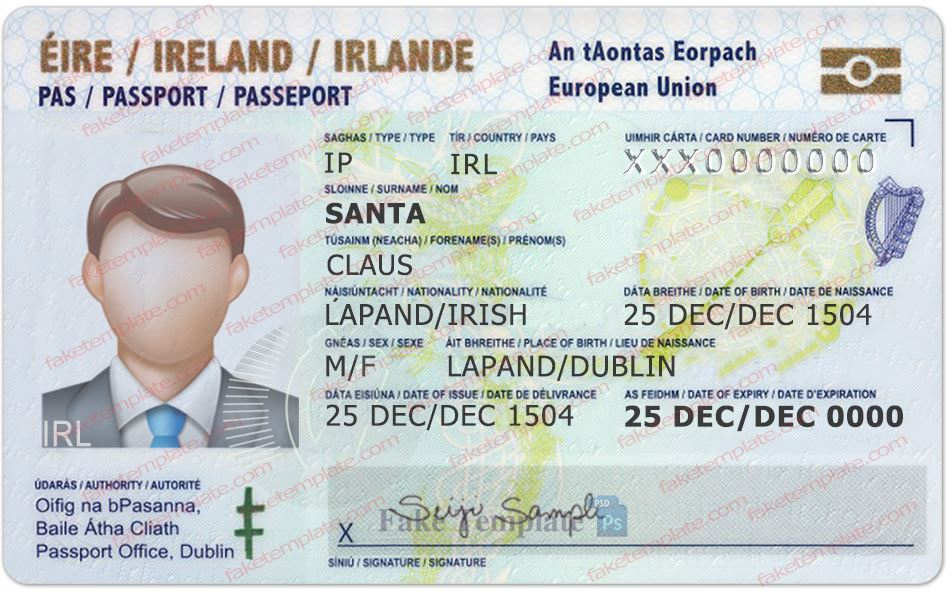
The provisions of Directive 2006/126/EC mention that it has European Economic Area (EEA) relevance, meaning that its provisions apply to all 27 EU member states, as well as Iceland, Liechtenstein, and Norway, through incorporation into the agreement on the EEA. After expiration, a medical check-up is necessary in order to renew the licence for another five years. Some categories like C and D are issued for five years only. Several member states have the option to include a microchip containing information about the card holder on the card. The document is renewable every 10 or 15 years depending on the member state. The licence is a credit-card-style, single plastic-coated document, very difficult to counterfeit. Its provisions took effect on 19 January 2013 Directive 91/439/EEC was then concurrently repealed. Directive 2006/126/EEC was published in the Official Journal of the European Union on 30 December 2006. The European Parliament adopted the Directive in December 2006. In March 2006, the Council of Ministers adopted a Directive proposed by the European Commission to create a single European driving licence to replace the 110 different models in existence throughout the EU/EEA at the time. Since 2013 Directive 2006/126/EC European Union directiveĭirective of the European Parliament and of the Council on driving licences (Recast) The plastic card version of the Community licence model, for example, was added to the Directive by Council Directive 96/47/EC of 23 July 1996. The Directive was substantially amended by nine directives and two acts of accession. The directive stipulated that it is mandatory to have the normal residence in the Member State issuing the licence. The directive specified the minimum ages for driving different types of vehicles, and established progressive access in categories A, C, and D, from light vehicles to larger or more powerful vehicles. It also required an applicant to meet the minimum standards of physical and mental fitness to drive. It furthermore established an obligatory test of knowledge (theory) and a test of skills and behaviour (practical) which had to be successfully passed before an individual is offered a driving licence. The Council of the European Union Directive 91/439/EEC harmonised the categories of driving licences among the Member States and established two Community driving licence models, one paper version and one plastic card version. Directive 80/1263/EEC was repealed on the same date.ĭirective 91/439/EEC was incorporated into the EEA Agreement through Decision of the EEA Joint Committee No 7/94 of 21 March 1994, and specified driving licence in the European Union and the European Economic Area until its repeal on 19 January 2013. The directive required EU Member States to adopt laws implementing the directive before 1 July 1994, which took effect on 1 July 1996. On 29 July 1991, the Council of Ministers adopted the Council of the European Union Directive 91/439/EEC on driving licences. Įxamples of the paper and plastic card models in 91/439/EEC Directive 91/439/EEC European Union directive When holding a converted licence, one should not assume the licence is recognized when moving to another EEA country, which might require that the driving licence be converted again to a licence issued by that country. The exception is for those holding EEA driving licences issued in exchange for a non‑EEA licence.

However, as all EEA driving licences are recognised throughout the EEA, it is usually not necessary to exchange it. If the holder of an EEA driving licence moves to another EEA country, the licence can be exchanged for a driving licence from the new EEA country.
IRISH DRIVING LICENCE TEMPLATES DRIVER
The main objective of the licence is to reduce the risk of fraud.Ī driving licence issued by a member state of the EEA is recognised throughout the EEA and can be used as long as it is valid, the driver is old enough to drive a vehicle of the equivalent category, and the licence is not suspended or restricted and has not been revoked in the issuing country.
IRISH DRIVING LICENCE TEMPLATES DRIVERS
They were introduced to replace the 110 different plastic and paper driving licences of the 300 million drivers in the EEA. It is credit card-style with a photograph and a microchip. The European driving licence is a driving licence issued by the member states of the European Economic Area (EEA) all 27 EU member states and three EFTA member states Iceland, Liechtenstein and Norway, which give shared features the various driving licence styles formerly in use. Member states of the European Economic Area Īccess to unified driving licence in any of the EEA member states Licences issued in Iceland, Liechtenstein and Norway do not feature the EU flag. Examples of the European driving licence issued in Germany and Norway.


 0 kommentar(er)
0 kommentar(er)
